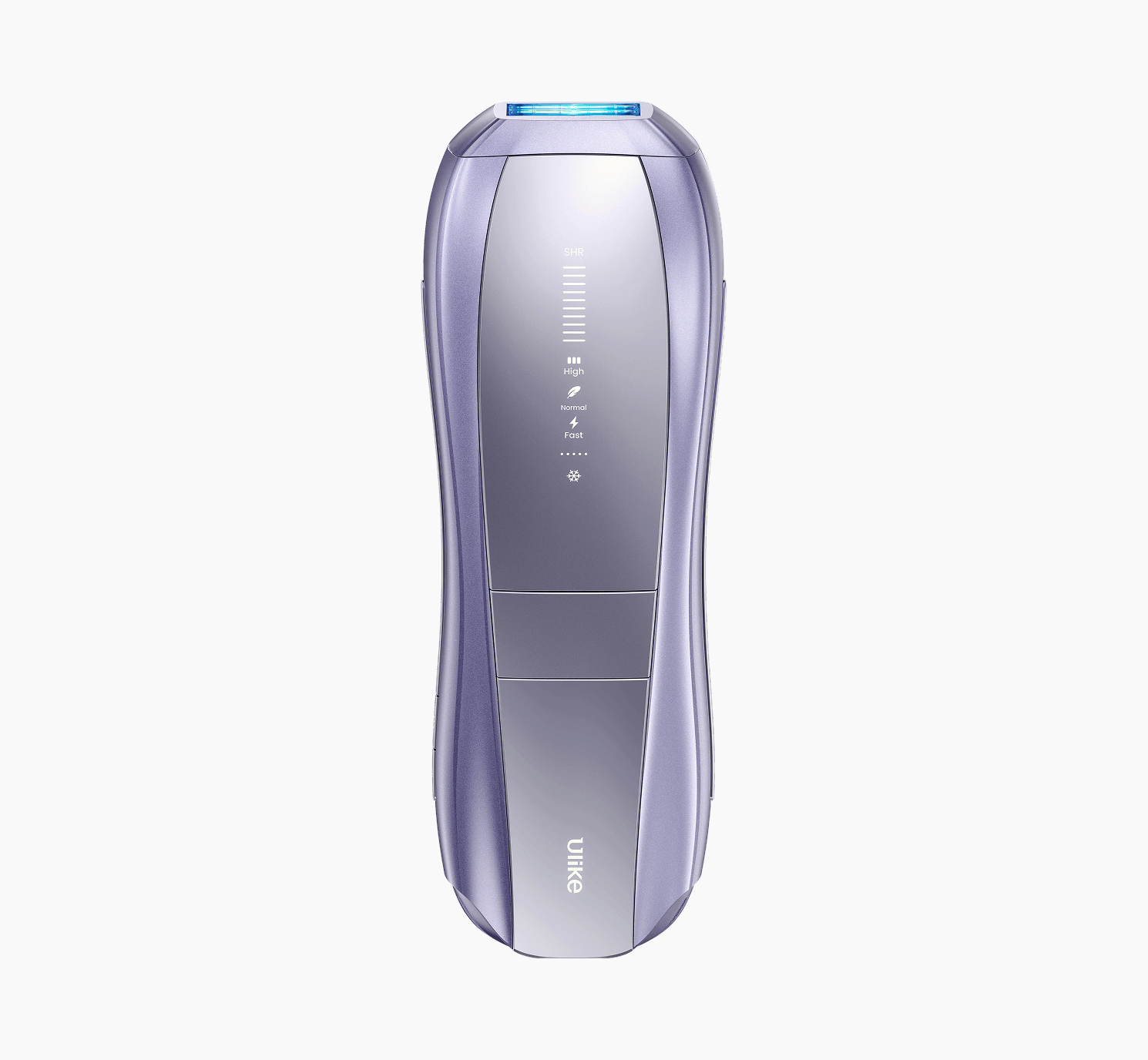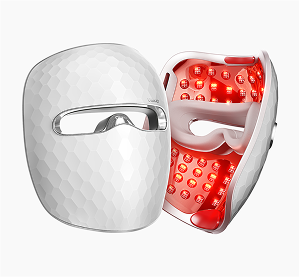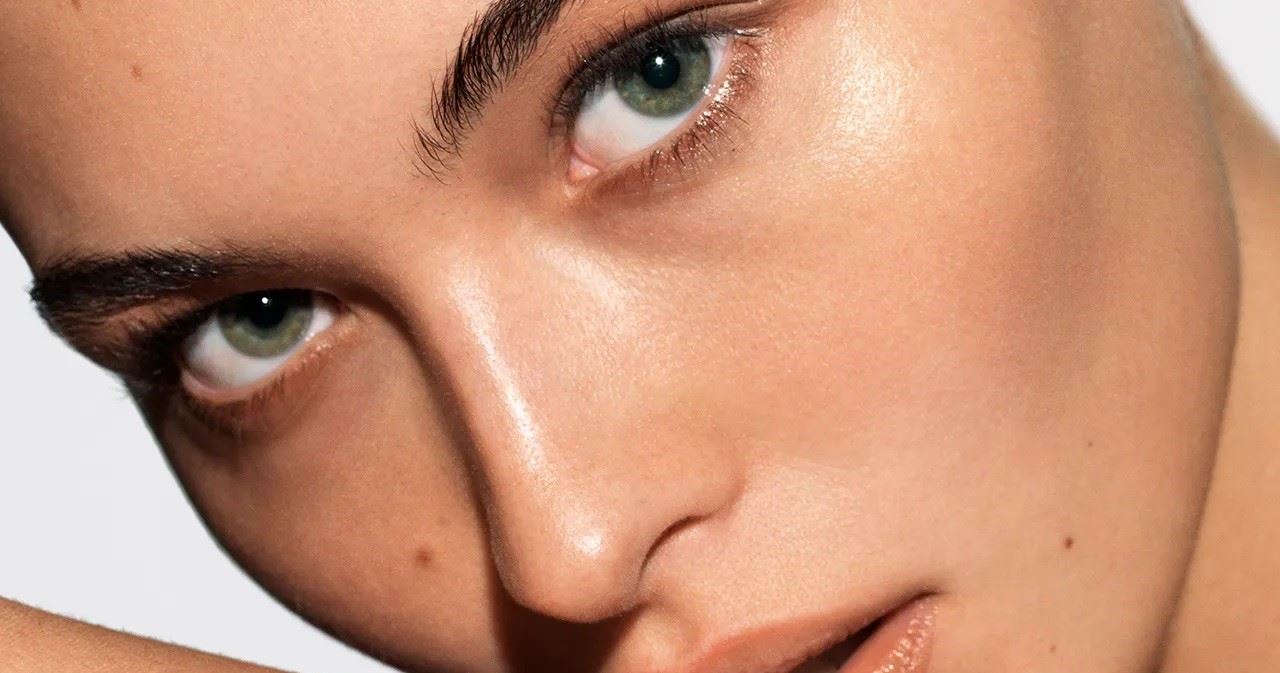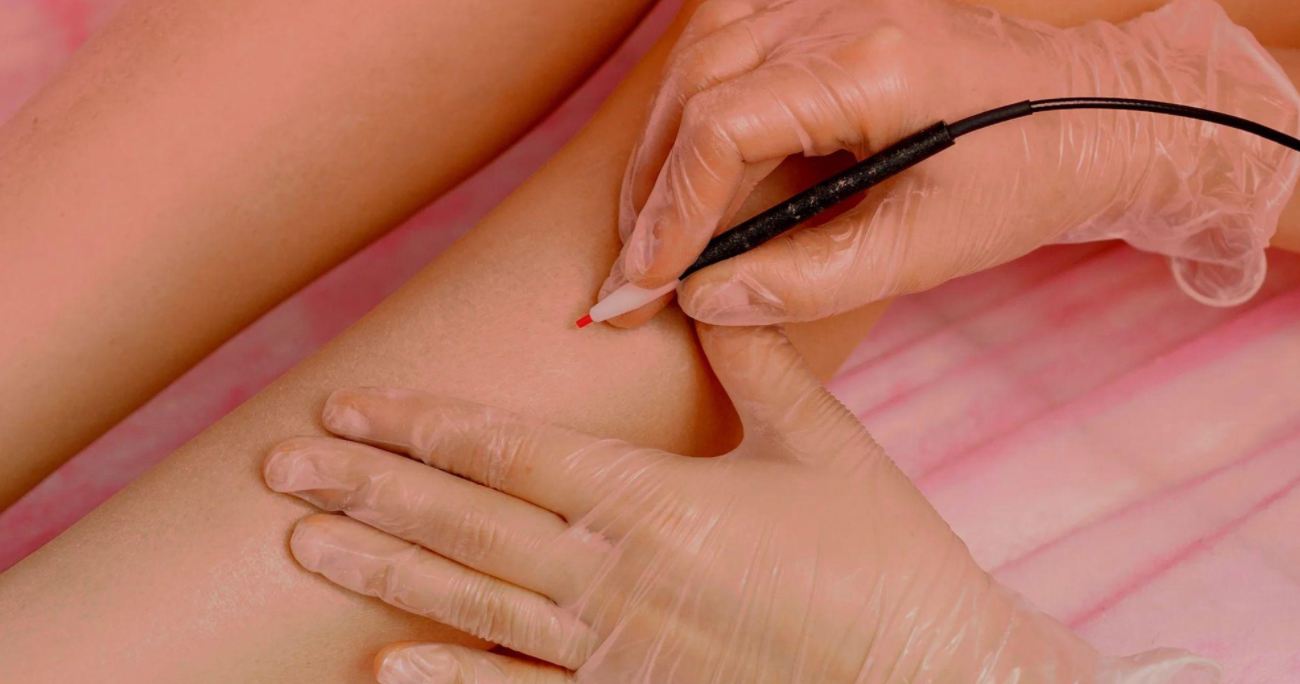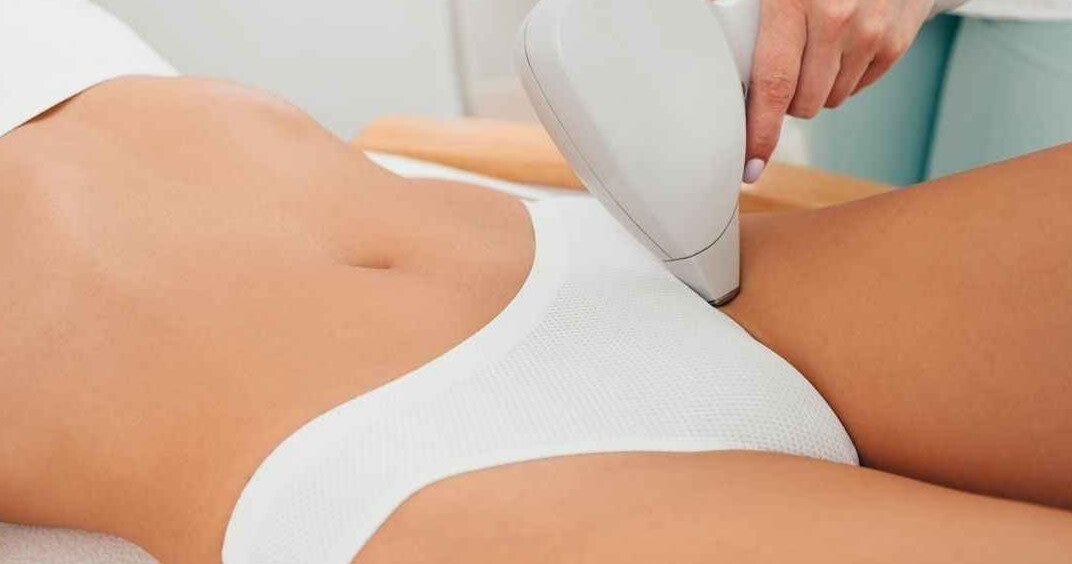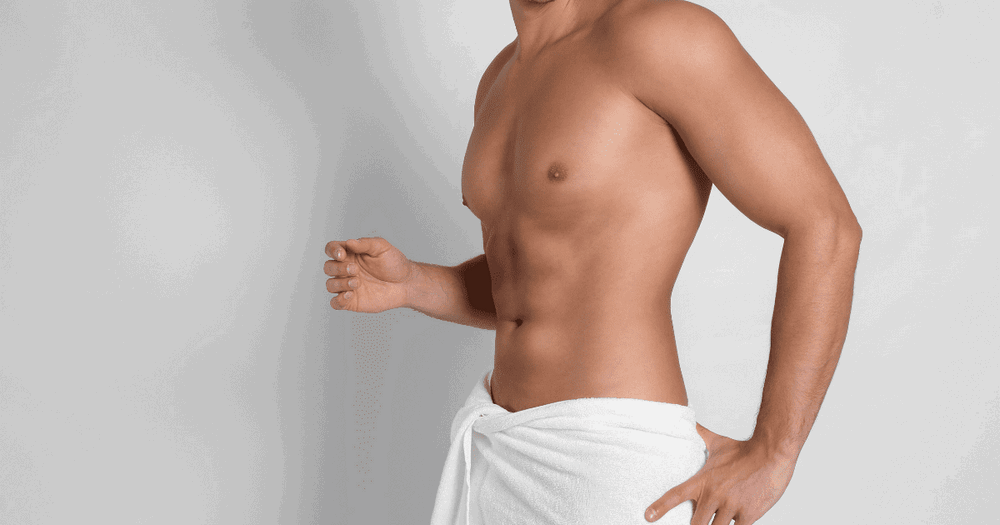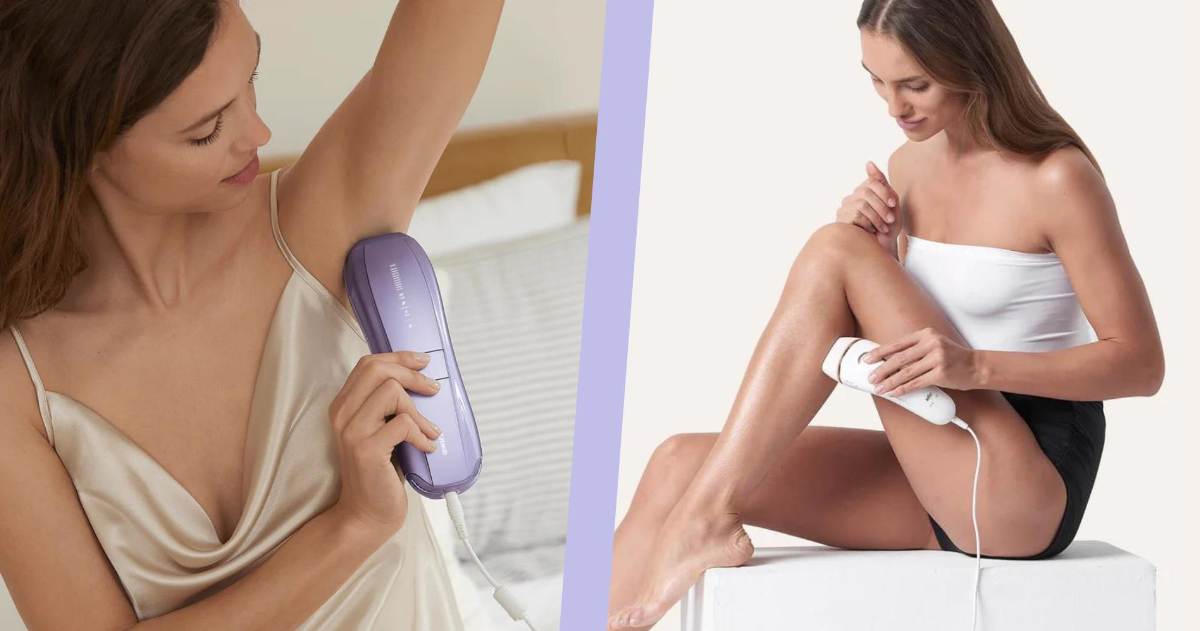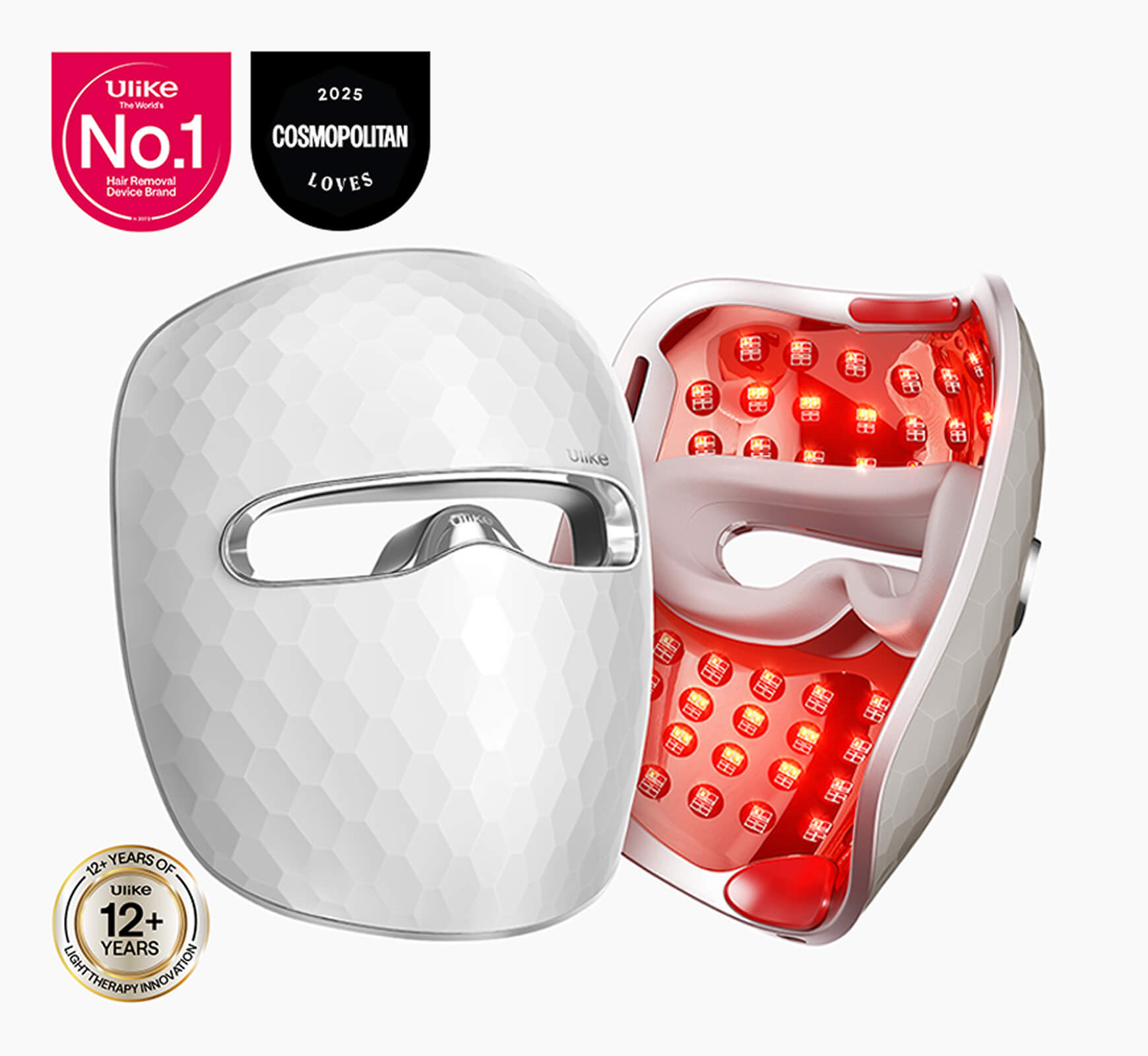Textured skin can give an uneven look to the skin, which worsens one’s appearance. Almost every person faces this situation in their life, which triggers the need for a cure and solution to textured skin. Textured skin can arise on any part of the body but the face remains the prominent region where one might observe textured skin the most.
Luckily, there are a number of ways to cure textured skin and avoid further its breakout to some extent. This article talks about them.
Table of Contents:- Part 1: What Is Textured Skin?
- Part 2: Why Is My Skin So Textured?
- Part 3: How to Get Rid of Textured Skin?
- Part 4: Some Essential Skincare Routines for Textured Skin
- Part 5: How Can Makeup Help Hide Textured Skin?
- Part 6: How Can One’s Lifestyle Impact Textured Skin?
What Is Textured Skin?
Textured skin is the unevenness on the topmost layer of the skin, which can be rough, blemished, pigmented, patchy, or coarse. Textured skin is rough when touched and worsens the skin’s appearance. Furthermore, textured skin can fade the beauty of a person, reducing their self-confidence and causing a lack of focus on their daily activities.
Different Types Of Textured Skin
The textures on the skin can be classified into different types:
1. Rough & Bumpy
Small bumps appear on the face in different densities. In case of severe conditions, the face may be filled with bumps that are flat on the top and elevated from the skin’s surface. Furthermore, one may notice roughness on their skin that may be due to dryness, pollution, etc.
2. Uneven Skin
The skin can be of different colours at different places. For example, one may notice a light skin tone on their arms, while the skin on the forearms may be darker and/or tanned. This usually happens in hot and humid regions when a person usually wears half-sleeved clothing. Uneven skin can be on any part of the body, though.
3. Skin With Visible Pores & Acne Scars
A person might notice enlarged pores on their skin, usually on the face. They appear blackish and slightly pushed downwards. In case of severe conditions, they might resemble craters on the moon.
Those who pop their pimples, usually with something sharp create minor wounds during the process that are not sterilised. This causes microorganisms to trap, resulting in scars known as acne scars.
4. Hyperpigmented & Discoloured Skin
When the skin becomes darker than its normal shade, it’s termed discoloured skin. This can happen due to sunburn, etc., where the skin can appear reddish, darkened, or have purple patches. While this should be temporary, for some it might be chronic.
Why Is My Skin So Textured?
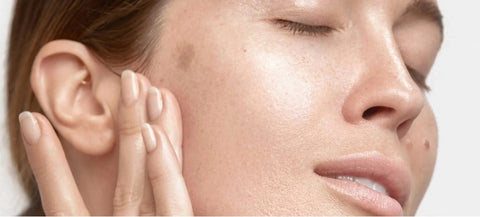
Excess Dead Skin Cell Buildup
Human skin sheds dead skin cells naturally to keep up the glow and softness. However, if this process gets disrupted and/or if one does not ensure the removal of those dead skin cells from their skin, they can build up and cause textured skin. Lack of hygiene, exfoliation, and regular washing can lead to this issue.
Uneven Skin Tone and Pigmentation
The skin has melanin underneath it and when it accumulated, the skin tone darkens. Accumulation usually occurs due to heat from the sunlight, tanning products, etc. Uneven skin tone and pigmentation can cause the skin to change its texture and appear different from the surrounding areas.
Acne Scarring and Post-inflammatory Hyperpigmentation
Acne can contribute to textured skin because it damages the skin and causes inflammation. Such a situation can lead to hyperpigmentation, which ultimately results in textured skin.
Enlarged Pores
When the pores enlarge, more microorganisms enter the skin’s surface and build up. That can cause certain skin infections, acne, etc. Furthermore, dust, dirt, oil, makeup, pollutants, microorganisms, etc., can clog the enlarged pores and cause the skin to irritate, acne breakout, etc., all leading to textured skin.
How to Get Rid of Textured Skin?
This section explains how one can get rid of textured skin.
Chemical Peels
Chemical peels are exfoliants that help unclog clogged pores and remove dead skin cells buildup. There are certain combinations of chemicals used in these peels, which one can buy over the counter. They need to use the peels as directed on the product package.
Furthermore, one may exfoliate their skin using chemical peels daily for a week or two and notice differences. However, these chemicals usually contain acids and excess usage can worsen the skin texture instead of improving it.
Microdermabrasion
The purpose of this process is to eradicate the top layer of the skin, which is usually textured so that new and fresh skin underneath it can replace the topmost layer. This will result in smooth, soft, glowing, and baby-like skin, eliminating the textured layer.
In order to carry out this process, one needs to use certain tools that have diamond tips or exfoliating crystals that need to be rubbed on the skin gently in circular motions for a few minutes. These devices can help achieve results quickly and can last up to a year or two.
Laser Resurfacing
Skin’s texture is maintained with the help of collagen. A patient can get laser resurfacing where the esthetician will use lasers to eliminate textured skin cells and stimulate collagen production. One can notice results like improved skin texture, reduced wrinkles, and adjusted pigmentation.
However, this is a risky and expensive treatment that doesn’t guarantee long-lasting results. The esthetician needs to be very skilled and it demands a high level of precision and a lot of time to complete this treatment.
Microneedling
The concept of microneedling states that the esthetician will use a tool with micro needles attached to it. When they work on the patient’s skin with these needles, collagen production initiates and when the collagen production takes place it improves skin texture in that region.
In order to treat a large area, a lot of needle prickling will be required, which will be painful. Furthermore, despite the pain, this technique doesn’t guarantee long-lasting results and hence, the process becomes expensive.
Dermatological Procedures for Acne Scar Reduction
A person may see their trusted dermatologist who will inspect their skin condition and prescribe certain procedures based on the inspection results. Dermatologists usually prescribe procedures to reduce acne scars, discolouration, etc. These treatments are also intended to improve the patient’s overall skin texture.
Some Essential Skincare Routines for Textured Skin
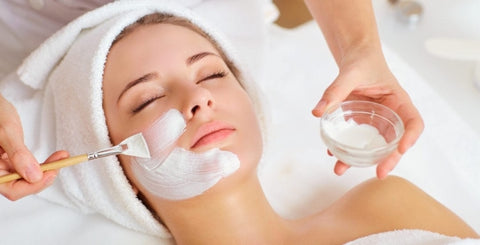 One may follow these skincare routines to cure and avoid futuristic breakouts of textured skin.
One may follow these skincare routines to cure and avoid futuristic breakouts of textured skin.
Cleansing and Exfoliation
If one notices textured skin on their face, it’s very easy to keep washing the face 2 to 5 times throughout the day. Mere water splash will be helpful but if possible, wash the face with soap and water at least twice a day. That’ll help keep the dust, dirt, oil, and microorganism buildup away from the face.
Furthermore, one should exfoliate their textured skin regions regularly with the help of any exfoliant that they desire. Exfoliants are very effective in improving skin texture if used regularly.
Hydration and Moisturization
Keeping the skin hydrated will help it stay safe from dryness and roughness. Drinking plenty of water and regular exercise is key to keeping the skin hydrated. Similarly, a well-moisturised skin will discourage the skin pores from getting clogged from irritants and keep the skin nourished. This will help a person to avoid textured skin to a large degree.
Targeted Treatments for Specific Texture Concerns
One may go through treatments that target specific skin textures. For example, laser treatment intends to target acne scars, hyperpigmentation, wrinkles, etc. Similarly, one may go through the treatment depending on what type of textured skin they’re suffering from.
Sun Protection
Sunrays are harmful, especially if under direct sunlight for too long or if one is living in a hot and humid area. Sunscreen is one of the best ways to keep the sun safe if they cannot avoid going out under the sun. Keeping the skin covered with clothing, an umbrella, etc., will further help stay safe from the sun.
How Can Makeup Help Hide Textured Skin?
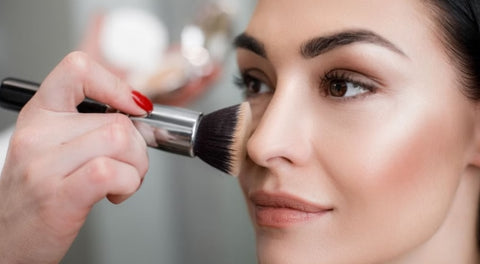 Several makeup products for textured skin can help hide the textures.
Several makeup products for textured skin can help hide the textures.
Proper Skin Preparation
One may prepare their skin well using hydrating primer and/or a moisturiser, which is sufficient to secure skin from getting textured further.
Also, priming up the skin using moisturiser will give a base to the makeup application later on. Priming up the skin helps fill up the patches and lines to give a smooth and appealing texture to the skin.
Choosing the Right Foundation and Concealer
It’s best to use a lightweight foundation that does not sit tight on the skin and is easy to remove later. Furthermore, full-coverage foundations help achieve a smoother finish on the skin, but it’s important to choose the shade very carefully that blends the skin’s natural colour.
Highlighting and Contouring Techniques
Instead of covering the entire face with heavy makeup, some people prefer creating highlights on certain regions of the face. That helps draw people’s attention away from the textured skin and settle all the attention to the highlights.
One may use highlights on their cheekbones, above the eyebrows, chin, etc., which will create an illusion of excellently defined facial features.
Setting Powders and Sprays
Dap some power on the face to fill up the patches, cracks, and wrinkles to get a smoother finish, powders are soft and sit lightly on the skin, becoming easy to remove later.
Setting powders are specially designed to achieve a smoother and softer touch to the skin, becoming an ideal choice for hiding textured skin. Using a setting spray after the makeup will cause it to lock on the face until taken off manually.
How Can One’s Lifestyle Impact Textured Skin?
 Diet
Diet
A diet with a balance of nutrition will help keep the skin youthful for a long time.
- Ample fruits and vegetables and reducing the consumption of meat, alcohol, and cigarettes will help keep the skin beautiful to a high degree.
- One must introduce ample vitamin C, E, and omega-3 fatty acids in their diet that nourish the skin and help collagen production.
- Limiting the intake of processed foods, sugar, unhealthy fat, and enough water will further contribute to the improvement in skin texture naturally.
Hydration
Hydrated skin will have less texturing on it.
- Drink plenty of water throughout the day and avoid staying thirsty. Always have a bottle of water readily available as much as possible.
- Use a moisturiser every day to keep up the skin’s moisture, which is very helpful especially in dry climates and during winters.
Stress Management
Excess stress can increase oil production in the body which can build up on the skin’s surface, clogging it. As a result, one may experience acne breakout, wrinkles, and further dust buildup that can stick to the oil on the skin’s surface.
Home Remedies To Improve Skin Texture
1. DIY Exfoliating Masks and Scrubs
Mix coffee grounds and yoghurt well and apply on the face. Massage in circular motions for a few minutes and rinse to get rid of dead skin cells.
2. Skin-Friendly Diet and Hydration Tips
Introduce fruits and vegetables in the diet to increase the intake of antioxidants. Antioxidants can fight to delay skin ageing, wrinkles, and texture issues.
3. Stress Reduction Techniques
Yoga is a world-class way of managing stress, improving breathing, enhancing lungs’ capacity, allowing better blood circulation, increasing oxygen intake, and calming down the body. Yoga sessions of 15 to 30 minutes can give impressive results.
Similarly, meditating for 10 to 20 minutes a day can give excellent calm and strength to the mind to fight stress throughout the day.
Conclusion
Textured skin is not an uncommon issue but is frustrating for some people, especially those suffering from severe conditions. Those who need to show off well-defined skin can always try makeup tricks to hide their textured skin, but those looking for better solutions may try home remedies and some tips to manage their diet, stress, and hydration.

